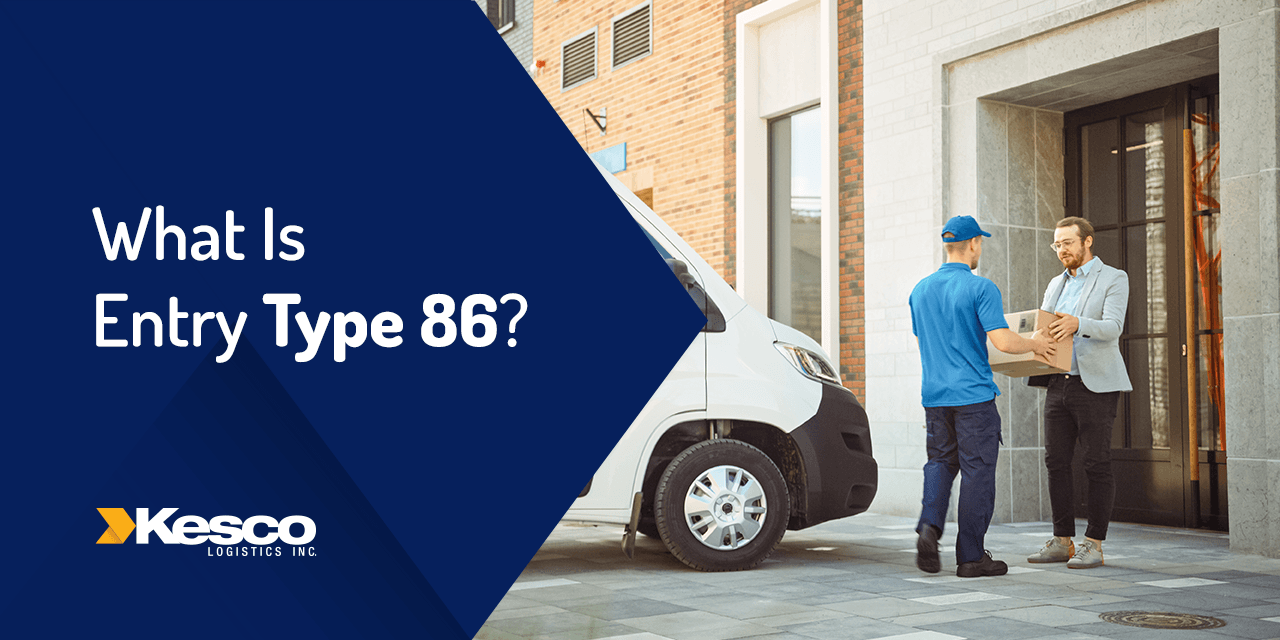The spike in online shopping and ecommerce shipments only seems to be growing in popularity as everyone continues to acclimate to a post-COVID-19 world. As this trend has accelerated throughout 2020, the percentage of retails sales coming from ecommerce has grown from 10.8% in 2019 Q2 to 16.1% in 2020 Q2, according to the U.S. Department of Commerce.
One process that’s taken off for those with online businesses is the expedited release of Section 321 Type 86 Customs Entries. This new method is an effective way to save on duties and reduce many of the operational costs that go into normal B2C deliveries.
What Is a Section 321 Type 86 Entry?
On Sept. 28, 2019, the U.S. Customs and Border Protection (CBP) launched a filing process for Section 321 Type 86 Entries to help improve the flow of imports into the U.S. According to the CBP, only merchandise shipments imported by one person that fall under a total daily value of $800 will qualify for this type of entry.
Orders that meet these requirements will then be released through the revamped Automated Commerce Environment (ACE) importing platform and officially exempted from any taxes or duties. With a more streamlined and cost-effective program in place accelerating the flow of these kinds of imports, retailers can better manage rising costs, volumes, and pandemic threats to ensure their customers’ orders keep moving.
The Benefits Go Beyond Saving on Duties
From a speed-to-market standpoint, Type 86 Entries avoid many of the time-consuming steps in a typical retail supply chain process. With orders arriving in the U.S. literally packaged for delivery, they can be immediately entered into the final-mile delivery carrier’s network and avoid additional handling and transportation.
If you want to maximize their value, however, you’ll need a Customs broker with an automated filing process that efficiently consolidates a high number of orders. Boosting productivity for imports requires technology that simultaneously enables digitized billing and ratings in addition to managing multiple submissions of master bills with thousands of attached house bills.
How To Get the Most Leverage
The CBP takes Type 86 Entry eligibility seriously, meaning they’re a lot more likely to carefully check that any shipment attempting to file under this kind of import complies with their regulations. There are also many different exceptions for these shipments that you need to keep track of during this process. For example, certain alcohol and tobacco goods subject to inspections and specific quotas won’t qualify, so it’s important to verify that your shipments are eligible before filing.
Cutting costs and increasing revenue have both been huge priorities for most in the retail industry following the devastating disruptions COVID-19 has produced over the past year. Luckily, the CBP’s introduction of these entries couldn’t have come at a better time for importers struggling with ever-expanding ecommerce demands.
Is your business interested in leveraging Section 321 Type 86 Entries to optimize performance, lower shipping costs, and improve order accuracy? Visit Kesco Logistics to learn more information.


